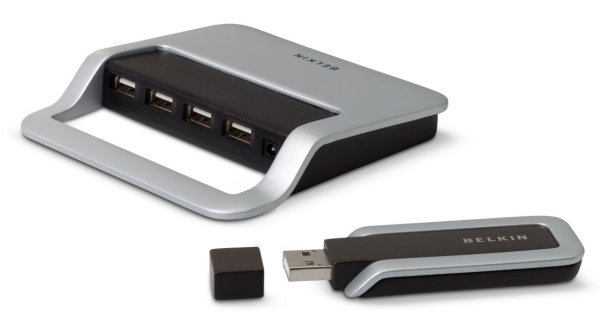 Microsoft hasn't said what features will be in Windows 7, but analysts have some ideas of their own.
Microsoft hasn't said what features will be in Windows 7, but analysts have some ideas of their own.Elizabeth Montalbano, IDG News Service
By now, everyone has heard how Microsoft Corp. plans to release the next Windows client OS, Windows 7, in 2010. But what the company is not making clear is what new features the OS will have, a topic that has become fodder for educated speculation.
Analysts said Microsoft probably is keeping tight-lipped about what Windows 7 will look like because at this point, company engineers and executives don't even know.
"They don't want to commit because they don't have a good idea what's in it," said Michael Silver, an analyst with Gartner Inc. "We're three years out, so you can't really expect that much detail."
Michael Cherry, an analyst with Directions on Microsoft, said with so many people still in the midst of upgrading to the latest client OS, Windows Vista, he's hesitant to speculate on what might be in the next OS. "We barely know the features of the one we just got," he said with a laugh.
That said, Cherry is expecting less "earth-shattering" new features than improvements on some of the new ones found in Windows Vista, such as the Bitlocker encryption feature, which is currently hard for the average PC user to navigate.
"You have to partition your hard drive and do a bunch of things, and you can only really today protect one drive, whereas many machines have more than one," he said.
Cherry also pointed to a common hardware performance problem many users face because of Vista's "very large footprint." "It's one of the things they might want to address -- hardware utilization and performance," he said. "It's hard to put a big wrapper around that; it just needs to be better."
One Microsoft executive gave a slight hint about what might turn up in Windows 7 earlier this year at the RSA Conference in San Francisco. Ben Fathi, corporate vice president of development with Microsoft's Windows Core Operating System Division, said in an interview that a "fundamental piece of enabling technology," such as a hypervisor or a drastic change in the user interface, would likely turn up in Windows 7.
Fathi also said at RSA in February that Microsoft was in the middle of the planning process for Windows 7's features and would know more over the next few months, which suggests the company now has a good idea what the OS will look like but is declining to disclose that information.
While both a hypervisor and a new user interface are possibilities for Windows 7, the former is almost a given, Gartner's Silver said. "It almost has to go" in the OS, he said, describing the technology as "a really thin OS" that manages virtual machines running on the system.
It would behoove Microsoft to put a hypervisor in Windows 7 because it would give them more control over the hardware the OS runs on, something the company would prefer to have, Silver said.
"The hypervisor really owns the hardware, and Microsoft likes owning the hardware and they want to be one of the people to standardize [hypervisor technology]," he said.
Vista includes new features such as desktop search and a new user interface, which also are two areas that leave room for expansion in Windows 7, analysts said.
Microsoft has shown the direction it's going with the latter with its Surface computer, introduced in late May. That form factor looks like a coffee table with a touchscreen interface that lets users move photos around by hand synchronize devices by placing them on the table.
With products such as the Apple iPhone making the touchscreen popular with consumers, a touchscreen UI in Windows 7 is a possibility, Silver said. "They don't want to look bad next to Apple," he said.
Desktop search, a new feature built into Vista, also has room for improvement. Microsoft has said it will link desktop search to Windows Server 2008 so desktop users can search not only for local files, but also for files on the server. This is a feature that potentially could be built into the desktop OS.
Robert McMillan in San Francisco contributed to this report.
source:pcworld.com
Read More!


 "EA is committed to providing both great entertainment experiences for gamers and effective advertising solutions for brands and marketers," said Shelby Cox, EA's senior director of in-game advertising. "Massive has proven its ability to deliver relevant ads in a seamless, nondisruptive way that enhances the realism of the game environment. We look forward to building on the strong progress we've made to date."
"EA is committed to providing both great entertainment experiences for gamers and effective advertising solutions for brands and marketers," said Shelby Cox, EA's senior director of in-game advertising. "Massive has proven its ability to deliver relevant ads in a seamless, nondisruptive way that enhances the realism of the game environment. We look forward to building on the strong progress we've made to date."













